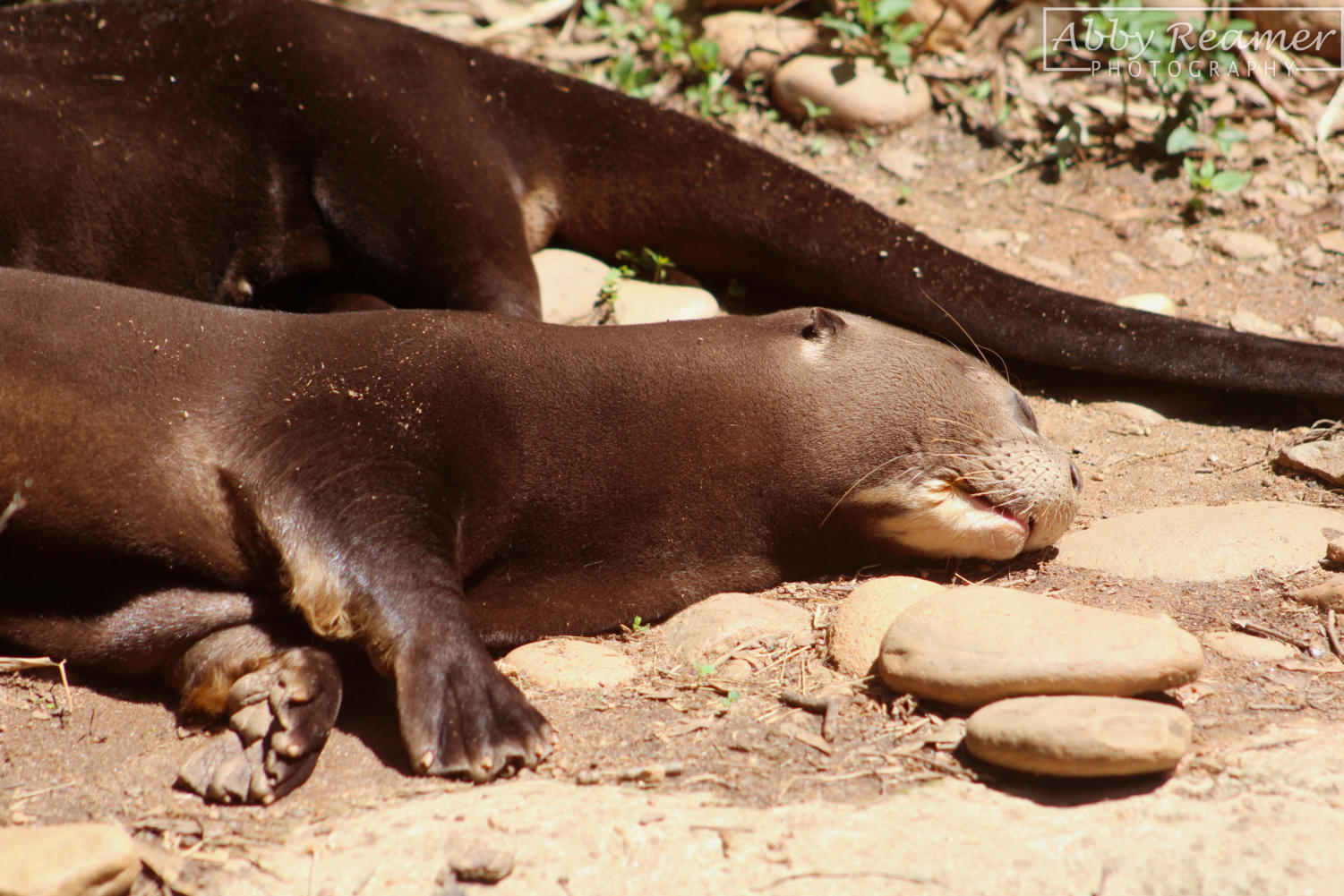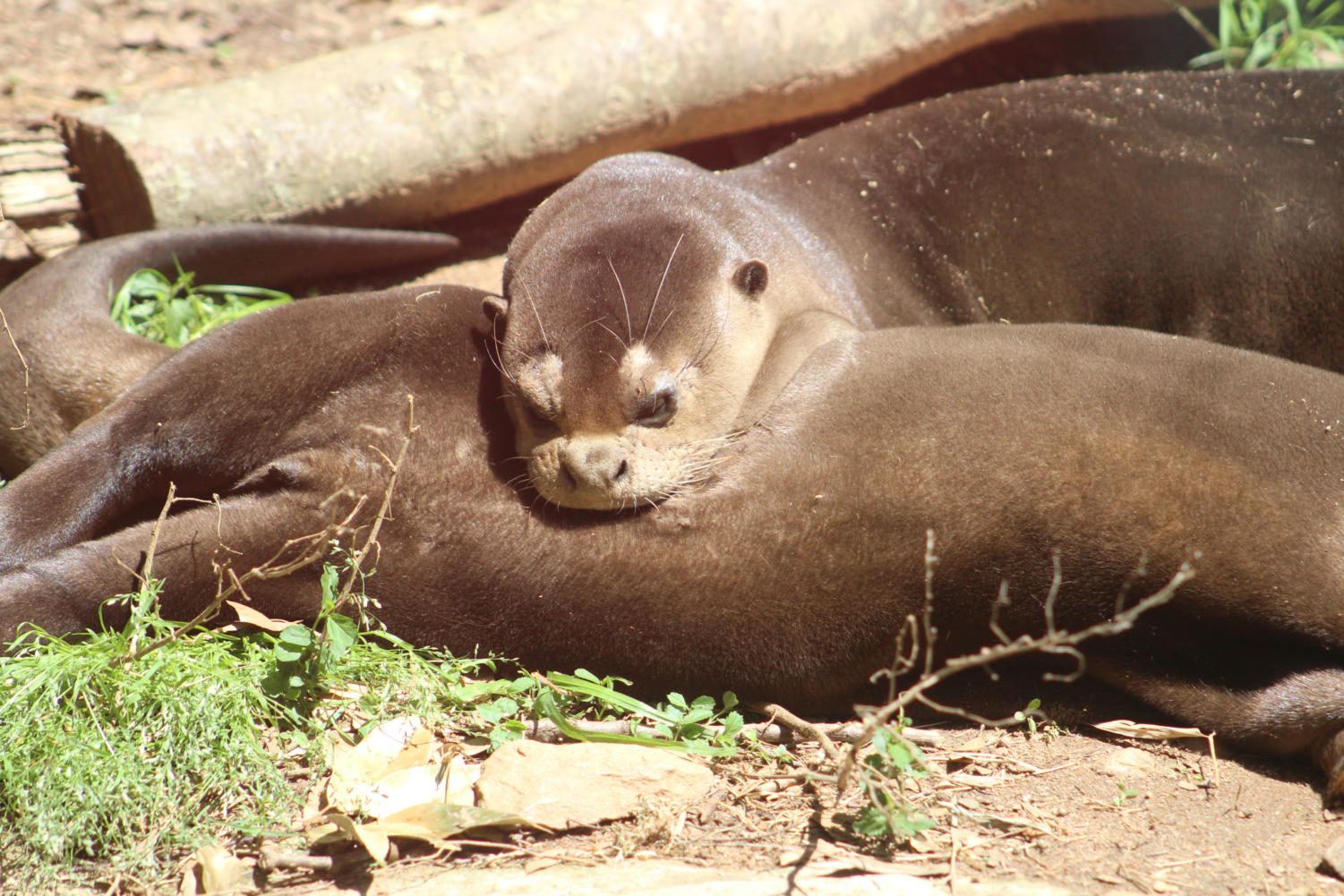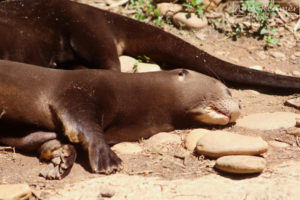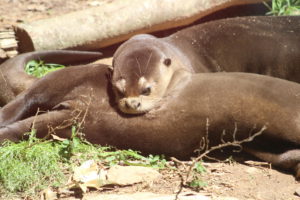Giant Otter extinction awareness and how you can help
Giants otters, a more uncommon species of otter, face a serious threat in the wild.
What are giant otters?
Pteronura brasiliensis, better known as Giant River Otters, are the largest members of the mustelid family.
The mustelid family consists of otters, weasels, and ferrets.
Giant otters are known as very sociable animals, and they are semi-aquatic.
Giant otters live around South America, and they inhabit the rivers and creeks of the Amazon, Orinoco, and La Plata river systems.
They compete with the black caimans for the title of maximum predator of the Amazonian lakes.
What threat do Giant Otters Face?
Giant otters are being threatened with extinction.
There are many factors that are contributing to the endangerment of giant otters. Some examples include river contamination, illegal gold mining, deforestation, overfishing, and hunting otters for their skin.
So how do these actions affect giant river otters?
Deforestation and mining can harmfully impact the river banks which the otters live on. They can be badly destroyed, therefore leaving the otters without a home.
Indirect causes such as overfishing take away otters’ food source, and mercury flushes into the river and accumulates into the fish. This could leave a harmful impact on the otters when they feed on the fish.
As giant otters face extinction, we must do more to protect these organisms that are vital to their ecosystem.
To research more on giant otters:https://www.nationalgeographic.com/animals/mammals/facts/giant-otter



































